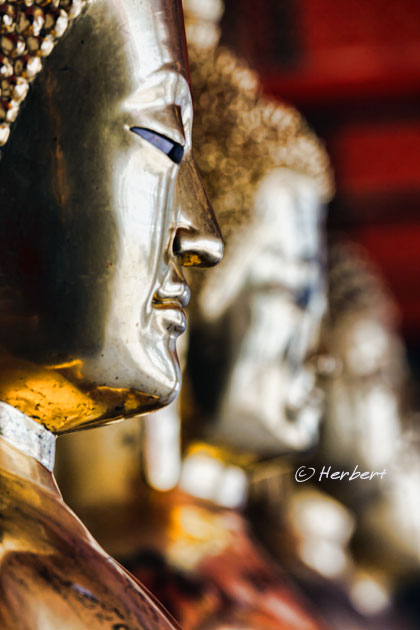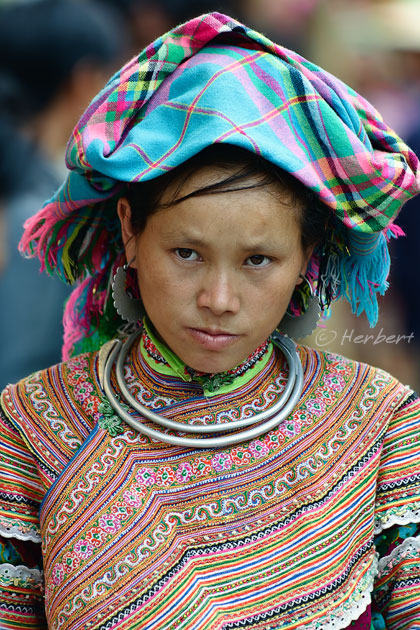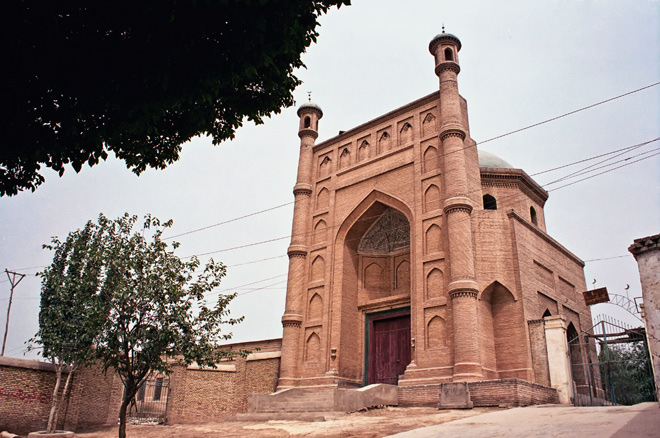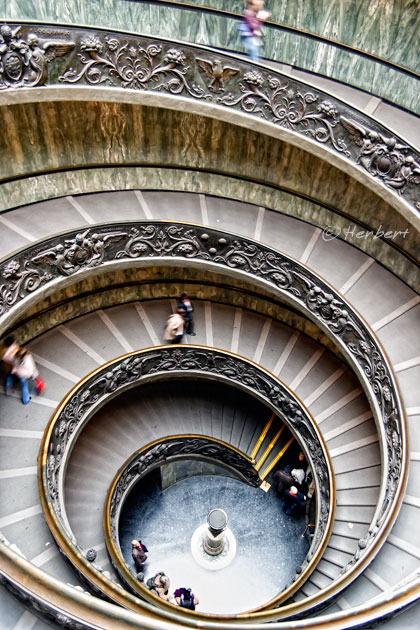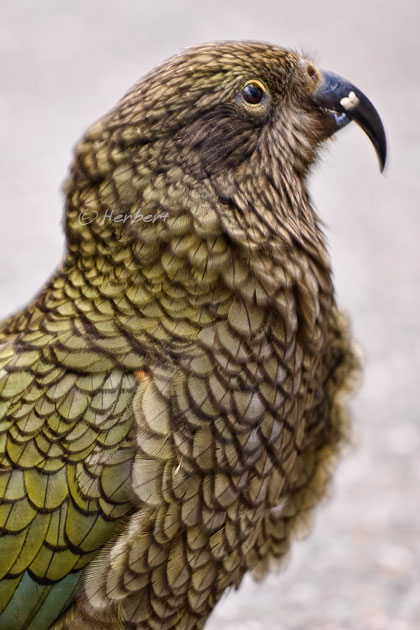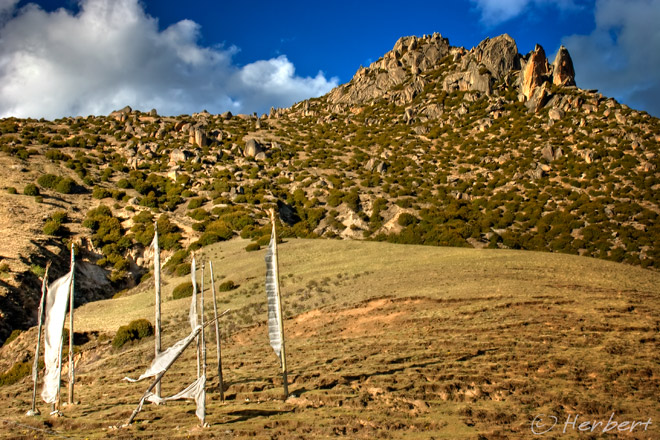
Locations: Rupuchaka Hot Springs, Sichuan, China (28° 46′ 0″ N, 100° 19′ 0″ E)
Date: 2 June 2004; 5.30pm
Camera: Canon 300D with kit lens
This Hot Springs is a few km from Daocheng, which is the gateway to the Yading Reserve. Yading Reserve is a major Tibetan pilgrimage site with 3 mountains considered sacred by Tibetan Buddhists. The Reserve has many snow-peak mountains and alpine lakes and is especially pretty in autumn. Like most beauty spots in China which are converted to Reserve, the whole process is messy. After the pasture has been converted to a Reserve, the activities of the people who lives there are heavily curtailed; but compensation was agreed based on a small % of the door intake. However apparently nothing was paid out and there were racial tension (the Reserve operators is a well-connected Han company while the Reserve and surrounding area is predominantly Tibetan) resulting in a couple of deaths. As a result the Reserve was closed to the public for a few years as the security establishment sort things out (which is normally not a pleasant thing in China). It has now been reopened for a couple of years. However with the recent deadly protests across Tibetan areas and the current protests at Kirti Monastery (which resulted in Tibetan deaths), Yading Reserve might be closed to foreigners soon as China customarily applies sledgehammer approach to balcking out of information about domestic problems.
















